Performance and battery life
Toshiba Kirabook (Core i7-3537U 2.0GHz,
Intel HD 4000)
·
PCMark7: 5,275
·
3DMark06: 5,272
·
3DMark11: N/A
·
ATTO (highest drive speed): 553MB/s (read); 500MB/s
(write)
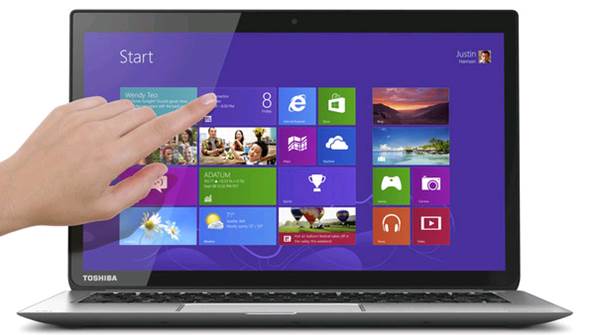
Toshiba
Kirabook
Acer Aspire S7 (Core i7-3517U 1.9GHz,
Intel HD 4000)
·
PCMark7: 5,011
·
3DMark06: 4,918
·
3DMark11: E1035/P620/X208
·
ATTO (highest drive speed): 934MB/s (read);
686MB/s (write)
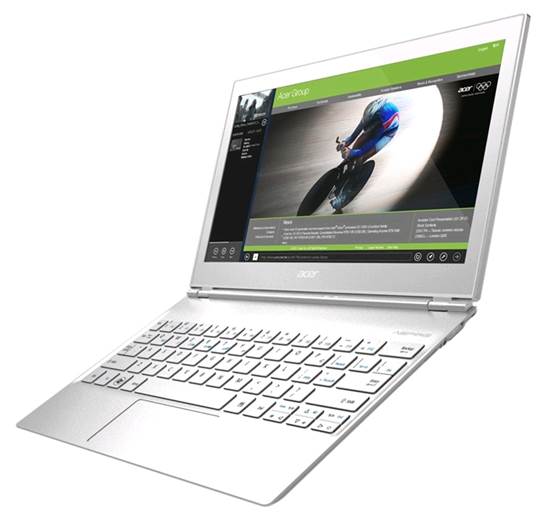
Acer
Aspire S7
MSI Slidebook S20 (Core i5-3337U 1.8GHz,
Intel HD 4000)
·
PCMark7: 4,043
·
3DMark06: 3,944
·
3DMark11: E1053/P578
·
ATTO (highest drive speed): 484MB/s (read);
286MB/s (write)
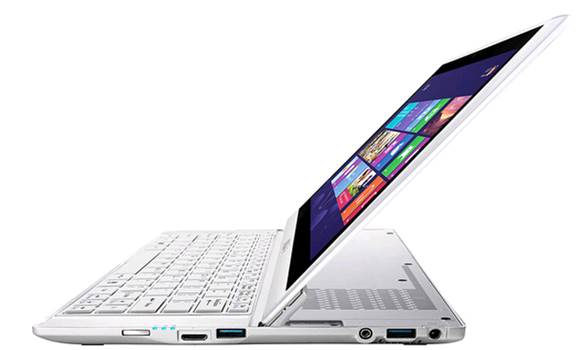
MSI
Slidebook S20
ASUS Taichi 21 (Core i7-3517U 1.9GHz,
Intel HD 4000)
·
PCMark7: 4,998
·
3DMark06: 4,818
·
3DMark11: E1137/P610/X201
·
ATTO (highest drive speed): 516MB/s (read);
431MB/s (write)
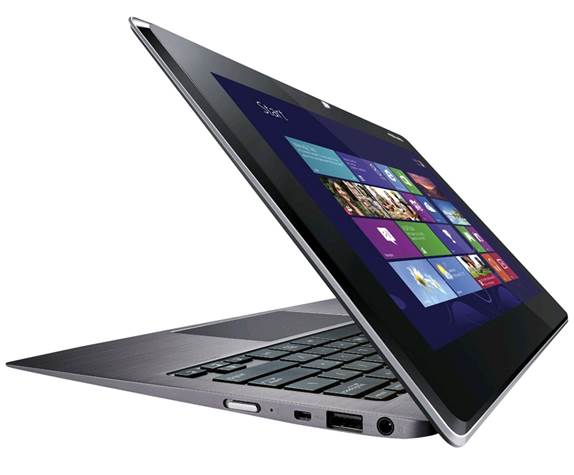
ASUS
Taichi 21
Microsoft Surface Pro (Core i5-3317U
1.7GHz, Intel HD 4000)
·
PCMark7: 4,673
·
3DMark06: 3,811
·
3DMark11: E1019/P552
·
ATTO (highest drive speed): 526MB/s (read) ; 201MB/s
(write)
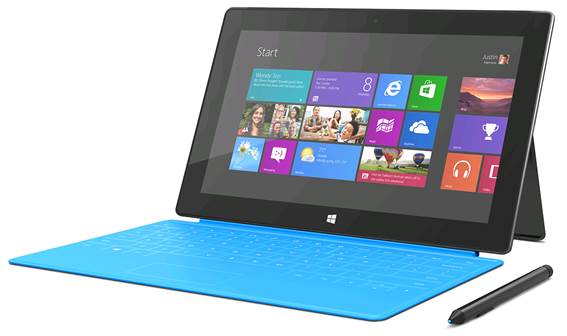
Microsoft
Surface Pro
Lenovo IdeaPad Yoga 13 (Core i5-3317U
1.7GHz, Intel HD 4000)
·
PCMark7: 4,422
·
3DMark06: 4,415
·
3DMark11: E917/P572
·
ATTO (highest drive speed): 278MB/s (read);
263MB/s (write)
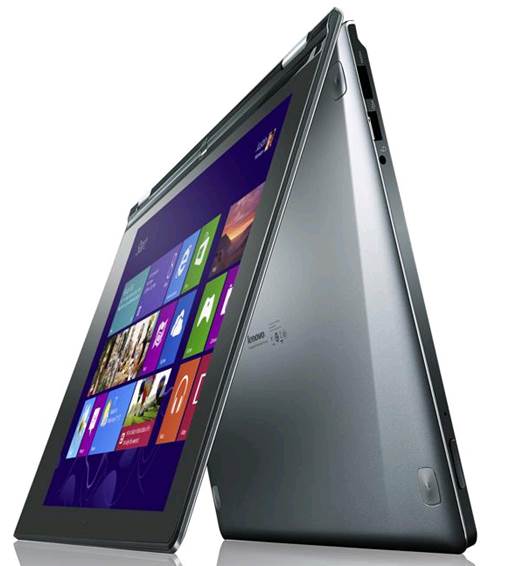
Lenovo
IdeaPad Yoga 13
Toshiba Satellite U925t (Core i5-3317U
1.7GHz, Intel HD 4000)
·
PCMark7: 4,381
·
3DMark06: 4,210
·
3DMark11: E989/P563
·
ATTO (highest drive speed): 521MB/s (read);
265MB/s (write)
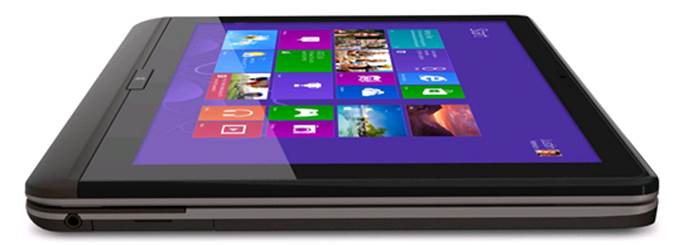
Toshiba
Satellite U925t
Dell XPS 12 (Core i5-3317U 1.7GHz, Intel
HD 4000)
·
PCMark7: 4,673
·
3DMark06: 4,520
·
3DMark11: N/A
·
ATTO (highest drive speed): 516MB/s (read);
263MB/s (write)
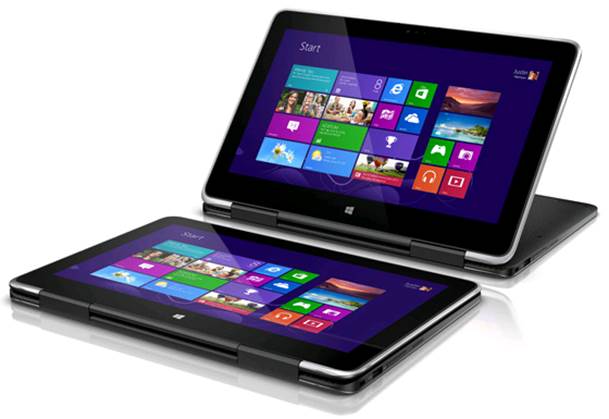
Dell
XPS 12
This time we will pass the benchmarks: all
you need to know about Kirabook is that it’s noisy. It’s noisy when it works,
and when it do nothing. More than once, the sound from the fan makes the people
nearby stop working and look at the wheezing machine sitting in front of them.
This actually become excessive to the extent that we can only run PCMark 7, a Windows
test with is so basic that it can also works on the cheapest laptops. However,
that test surely made the fan spin noisily, the keyboard tray became hotter and
the screen was freeze, making us have no choice but to do a hard reset.
That’s the same story with 3DMark11, which
will say something about how much you can expect in the game in that high-res
screen. Sometimes the system has worked noisily after idle run, without any
program operating. To be fair to say, there’re lots of times it runs quietly,
but it’s hard to predict when the noise will become the distraction.
And indeed that’s something regretful
because the raw testing score of Kirabook is glowing. With 2GHz Core i7-3537U
CPU and 8GB RAM, it can reach the score in the 5000 range in PCMark7 and
3DMark06, with startup time of about 10 seconds. I/O speed is also flagship,
with read/write speed reaching their max of 553MB/s and 500MB/s.
Toshiba rates 52Wh battery for lasting more
than 6 hours a little bit, which results in about 5 hours in our heavy battery
test (repeating a video with WiFi on). specifically, it lasts an average 5 hours
12 minutes, obviously not as long as advertised. But at least it matches the
other touch-screen Ultrabook Ivy Bridges.. Kirabook also deserves some scores
for catching up with the heavier laptops such as Lenovo IdeaPad Yoga 13 – based
on its weight of only 2.9 pounds, we think that its running time should be much
worse than that. However, in any case, if more than 5 hours is not enough, the
best thing we can propose is that you should wait for the Haswell version. Who
knew? Maybe Haswell will help for the overheated problem.
Software and warranty
Like what HP is doing with the premium Spectre
line, Toshiba is trying to excuse for the “huge” price by introducing the full
versions of the renowned software, and providing warranty time which is longer
than normal. In brief, the additional software includes the full versions of Adobe
Photoshop Elements 11 and Premiere Element 11; Microsoft Office, and 2-year
Norton Internet Security subscription. Also present are Netflix, Vimeo, Hulu
Plus, Amazon and eBay. And…that’s all. It’s not a clean Windows setting, but at
least it doesn’t have trial software.
About warranty, the standard warranty pack
include 2 year of warranty with its own phone support line which promises the
almost-instant answer time, along with the support for the questions which are
not related to the technical support. If you ‘re interested, the phone
technicians all have headquarters in north America, which is what customers of Toshiba
is demanding. That somehow helps to explain the 1,600 price, in which Dell, HP and
other companies charge 90 to 100 bucks for 2-year pack. However, though it’s
not there, this will still be a costly kit.
Configuration options
This part will be short and sweet, and you
should thank Toshiba. Because 8GB RAM, 256GB of capacity and 2,560x1,440 screen
are standard, there’re a few spots to discriminate between the configurations.
All told, there’re 3 models for your choice, starting with the touch-free Core
i5 version with the price of $1,600. If you want the touch screen (of course
you do – this is a Windows 8 that), you will need to choose the 1,800USD model,
which also has Core i5 processor. Finally, with 2,000USD, you have a full
version: a touch screen laptop with Core i7 processor inside. No matter which
of them you choose, you will see the Ivy Bridge processor – at least for now.
However, something tells us that Haswell is coming: Toshiba has spent lots of
efforts into this so as not to update the latest components.
Rivals
It’s less than 3 weeks until Intel releases
the new battery-life-improved Haswell processor at Computex, except that you’re
crazy to buy the laptop at this moment. Many ultraportables will be displayed
at the exhibition in that week, in which Asus and Acer has confirmed to hold
their own press. So if you’re waiting for an alternative model for Acer Aspire
S7 or any touch-screen Zenbook of Asus, your patience can be reward within the
several weeks.
Besides Computex, we won’t be surprised if
we see that Apple refreshes its MacBook Air line at sometime this summer (like
it always do), this time is with the 4th-generation Core processor
and shaper screen, Kirabook certainly will gave its refresh of the CPU within
the next few months, so if you like it, it’s not the best time to buy.
Conclusion
There’s not debate about Kirabook being the
best Ultrabook of Toshiba until now. But is it good enough to convince the prudent
customers? We will say no, at least with this price. With all the things Toshiba
doing right, (attractive design, improved keyboard, stable technical specs,
long warranty), there’re some important details it’s ignored. That’s the 2,560x1,440
screen with narrow viewing angle, and noisy fan overwhelms the performance
quickly. Despite all of those, it’s still a good laptop in many respects. But
we’d recommend for a price reduction, even with the Haswell refresh a few
months later.
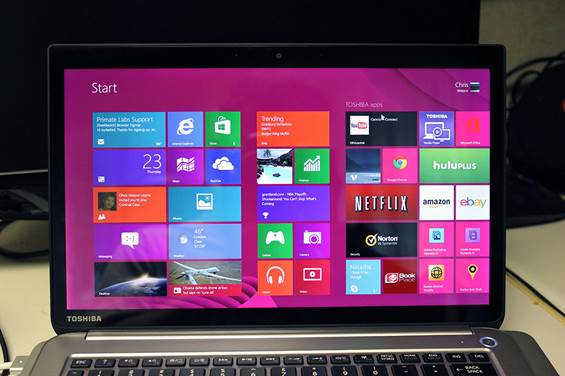
There’s
not debate about Kirabook being the best Ultrabook of Toshiba until now.
Info
·
Price: $1,600
Advantages
·
Prominent 2,560x1,440 screen
·
Comfortable keyboard
·
Lasting warranty, rich software package
·
Fast startup
Disadvantages
·
Extremely noisy fan
·
Limited viewing angle
·
Non-standard touch screen
Key point
·
Kirabook is the best ultraportable of Toshiba till
now, but it’s still not good enough – at least with this price.
|
Technical
specs
·
Type: Ultraportable, Ultrabook
·
Processor Name: Intel Core i7-3537U
·
Processor Speed: 2 GHz
·
Operating System: Windows 8, Microsoft Windows
8
·
RAM: 8 GB
·
Weight: 2.77 lb
·
Screen Size: 13.3 inches
·
Screen Type: Widescreen
·
Native Resolution: 2,560x1,440
·
Touchscreen: Yes
·
Storage Capacity (as Tested): 256 GB
·
Rotation Speed: SSD
·
Networking Options: 802.11n
|